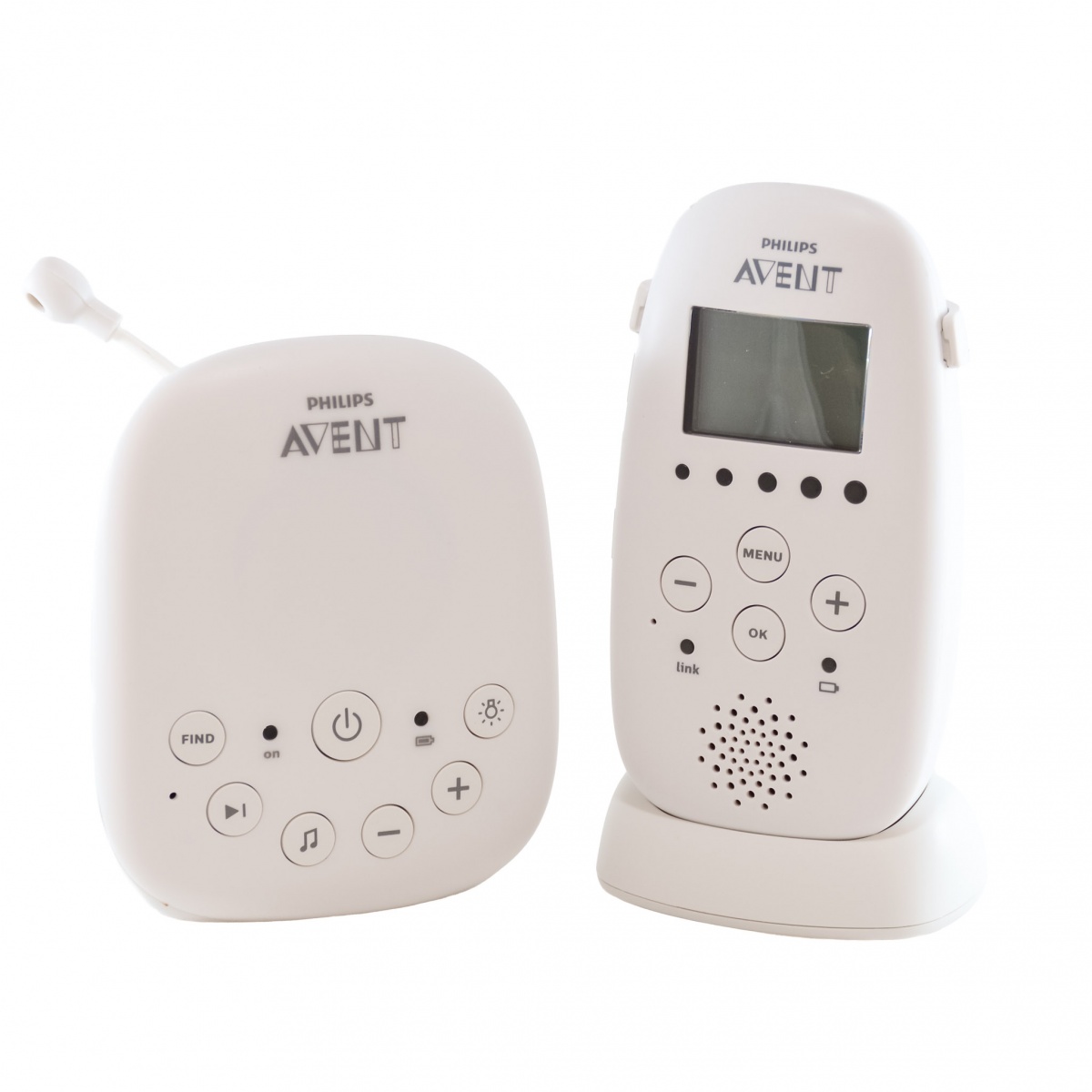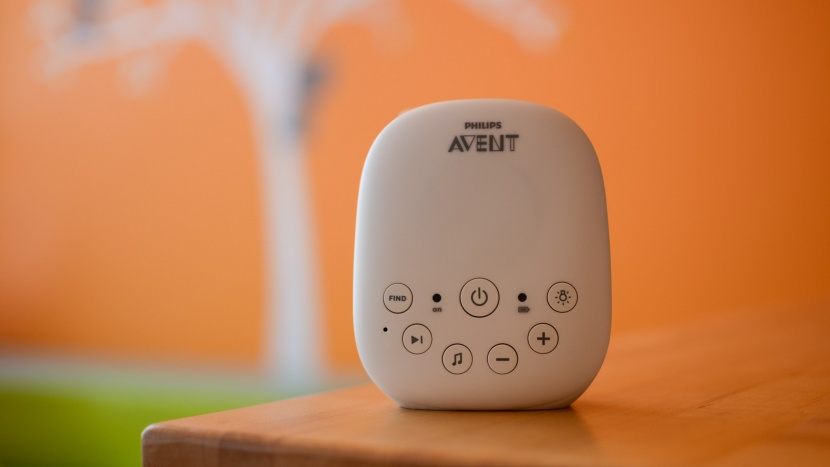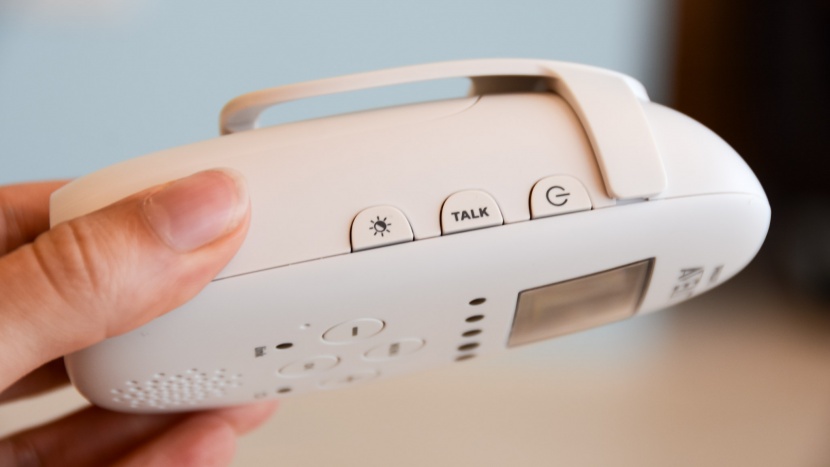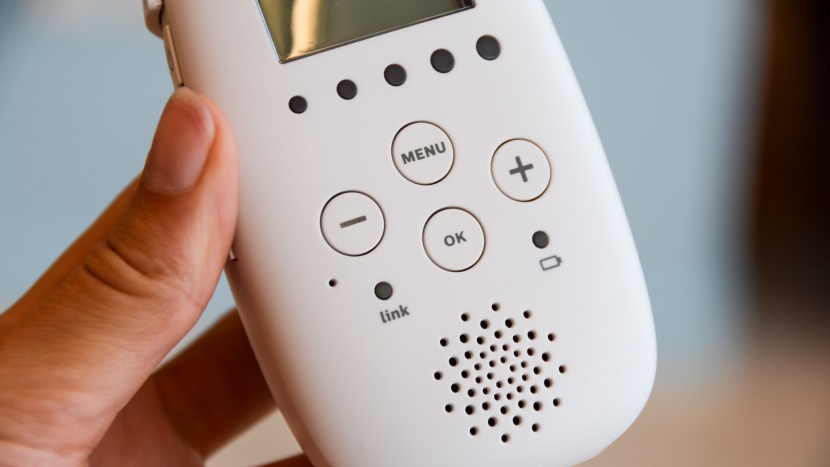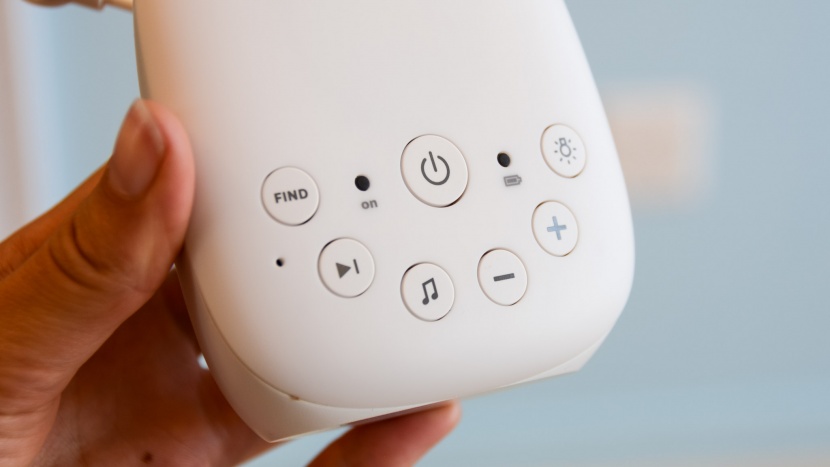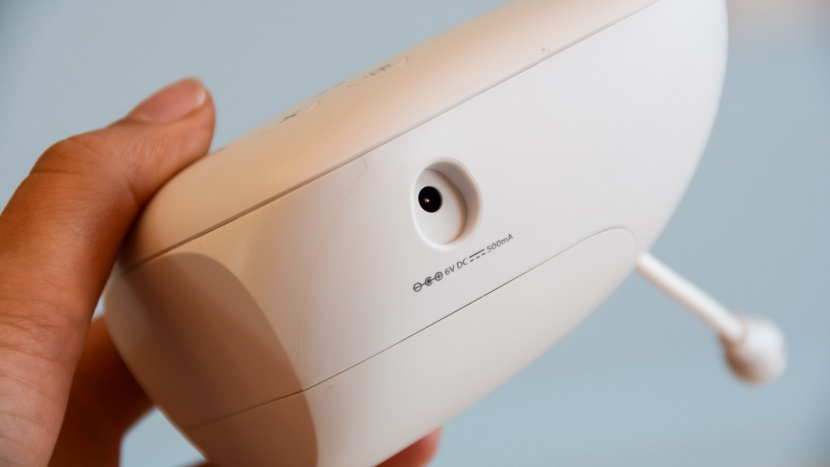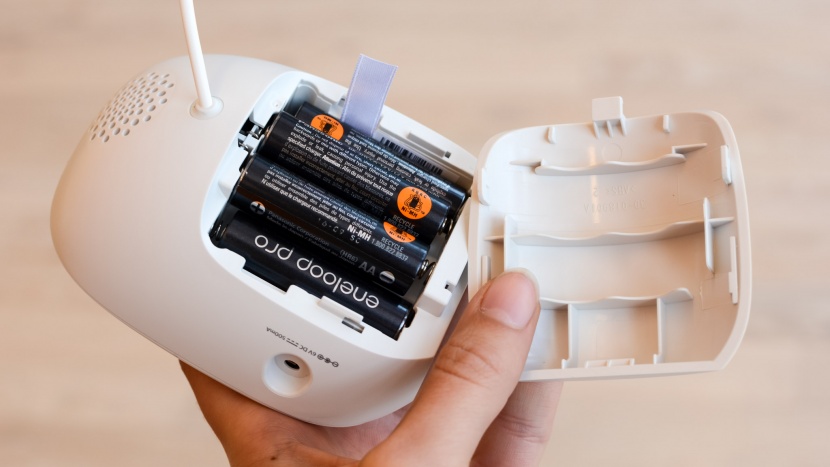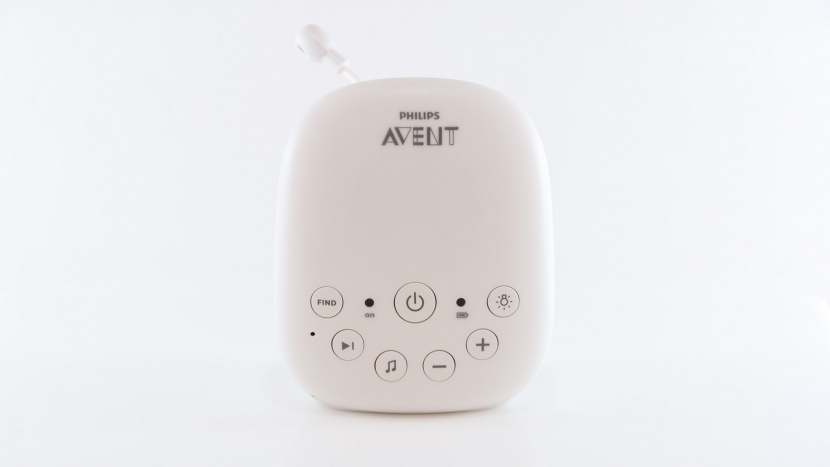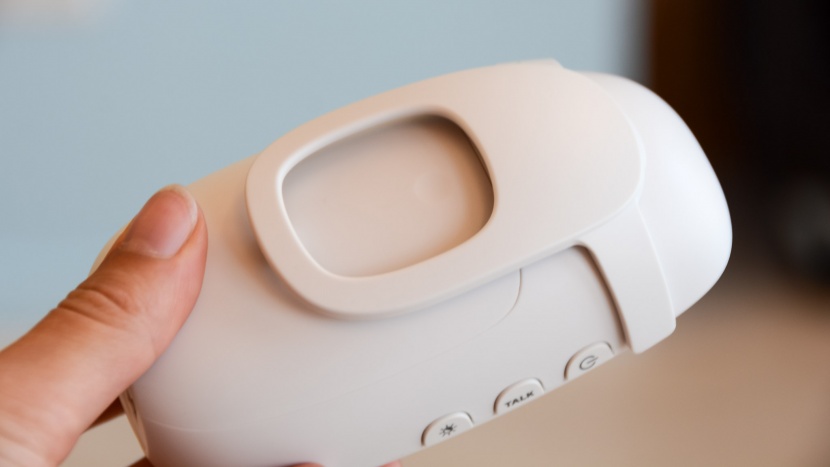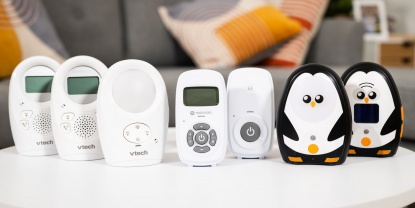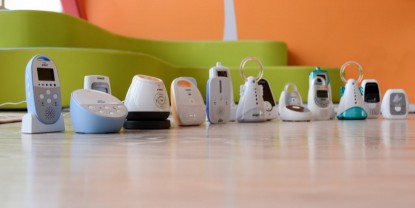Philips Avent DECT SCD720/86 Review
Our Verdict
Our Analysis and Test Results
The Philips company hails from the Netherlands. They have a company goal of creating products that improve healthy living and health-related technology. Gerald Philips and his father, Frederik Philips, launched Philips in 1891. It all began with incandescent lamps and small electrical products. After Gerald's brother hopped on board, they became the world's leader in light bulbs. Philips now offers a variety of electronic products.
Sound Clarity
The DECT SCD720/86 has one of the top-ranked sound quality and clarity in our side-by-side testing of the competition.
This monitor has a maximum volume of 102dB, and the sound is clear if a bit hollow (all of the audio monitors are). It is important to remember you aren't looking for, nor paying for, an impressive sound system. What you want is real, true-to-life sound, so you can tell what is happening in the baby's room. More importantly, this monitor has excellent sound filtering abilities. This feature means you only hear sounds from the monitor when your baby is making noise. You won't hear fans, white noise makers, or other “home” noises. Because most families choose a monitor to increase their ability to sleep by offering peace of mind that it will wake them should the baby cry, it is a huge benefit to have a silent monitor to encourage sleep.
Two-way communication for the speaker in the nursery is also impressive. If you choose to talk to your little one through the monitor, this option provides clear sound without a robotic on tinny overtone that could be potentially unsettling to a baby.
Ease of Use
The DECT SCD720/86 is about middle of the road for ease of use compared to the other monitors we've tested. It has more features than some of the competition, which could translate to being hard to use. However, this monitor is relatively easy and intuitive when compared to the competition.
Setup is a simple “plug in and go” affair with automatic paring and nothing to do but start monitoring. Of course, some of the features require some fiddling. However, overall, there isn't much to do here, and almost anyone can use it without reading the manual.
The user interface on both the parent and nursery devices is basic and intuitive for the most part. There is a menu to toggle through, which isn't our favorite method, but it is better than others that have folders inside of folders in locations you can't remember. The most used features, like volume and on/off, are located on the device, not in the menu. We didn't need the manual to figure out this monitor, which isn't true of all of the competition.
Range
The DECT SCD720/86 range is reasonably impressive for a sound monitor, which historically, in our tests, is better than non-WiFi video options. The manufacture claims an open range of 1038 ft, and we were able to get good reception up to 1350 feet, with static starting around 1250.
For indoor range, this option also fared well. In our tests, it worked up to 95 feet and through six walls. On average, most of the competitors stopped working closer to 90 feet and five walls.
Battery Life
The DECT SCD720/86 parent and nursery unit battery is rechargeable, and they come with plugin adapters specific for each one.
In our tests, the parent unit battery had a life of 31 hours, which is more than enough time to make it through the day, moving it from room to room as needed. It is also enough to go all night, should a power outage occur. We do recommend leaving it on its charger when you can, just in case the power goes out, so it will be filled charged. The nursery unit has a battery backup designed for power outages, but you shouldn't rely on it for everyday use.
Features
The DECT SCD720/86 is full of more baby-centric features than much of the competition.
The DECT SCD720/86 includes the following features:
- Belt clip
- 2-way talk
- Sound activation
- Nightlight
- Lullaby
- Adjustable mic sensitivity
- Temperature sensor
- Vibrate alert
- Mute
- Battery backup in both units
EMF
This Philips has lower EMF readings than much of the sound competition. With the EMF reader about 6 ft from the baby unit, its average result is 0.72 V/m. Given that the average for the test group is over 1 V/m, with some registering over 2, this is somewhat impressive.
You can further decrease the amount of EMF exposure to your little one by placing the nursery unit as far from your baby as possible while still maintaining functionality. Most units will work fine when placed up to 12 ft away from the crib, but you can experiment with your situation to find the right location that works for you and your monitor.


